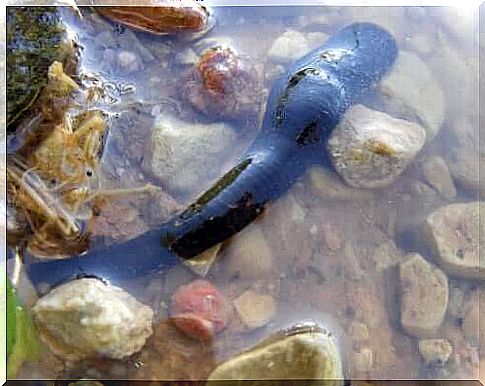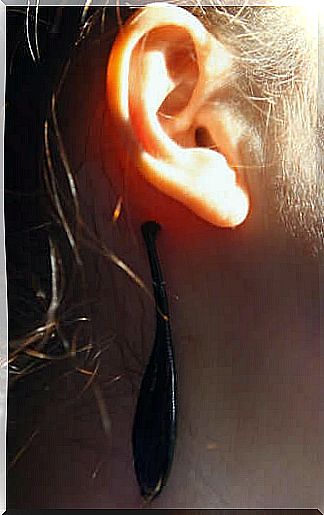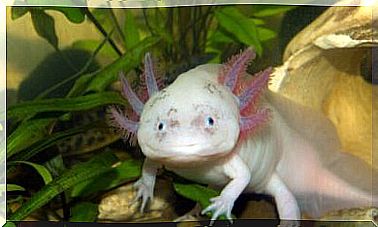The Leeches And Their Application In Medicine

The leeches are hermaphrodite invertebrates belonging to the annelids family. There are different species with a great biological diversity. This article will focus on its medicinal application and the use of one species: Hirudo medicinalis.
Background
Leeches have been considered indispensable in the treatment of diseases since their appearance in history, around 3500 BC
Evidence of its presence was recorded in archaeological structures of the Babylonians and Egyptians, as well as in the tombs of the XVIII Dynasty of Ancient Egypt (1567 – 1308 BC). They also appear in the Bible and the Koran.
In Ancient Egypt, leech therapy and bloodletting were the most used treatments. Likewise, it was a practice carried out by other peoples, among which were the Greeks, Romans, Mayans, Aztecs and Mesopotamians.
In Greece, leech therapy was introduced by Hippocrates, the father of Medicine. This technique was advocated by the philosopher Galen, who believed in the theory of humors in the body.
According to this theory, the healthy body is characterized by having a balance between different moods. On the other hand, a sick body has an imbalance between these humors. To solve it, blood, considered the predominant mood, must be extracted.

With regard to Islamic influence, bloodletting and leech therapy were the two predominant techniques. They were recorded in different texts such as the Fil Tib Alqanoon and the Altasreef liman Ajeza Anittalif.
Lastly, in Ayurvedic medicine, the Hindu god Ayurveda holds between his four hands a leech, a ladle, an energy disc and a pot.
Treatment
The golden age of this medicinal practice dates back to the Middle Ages. There is a curious story, even, told by the pilgrims who made the Camino de Santiago. Along the way, they stopped at pools of water and bathed in river water.
Rest was believed to provide relief to pilgrims. However, those responsible for this effect were the leeches: they relieved the edema caused by walking.
Specifically, they prevented thromboembolic disease thanks to hirudin, a substance produced by the leech’s salivary glands.
The treatment applied a specific species of leech, the Hirudo medicinalis . This variety is known for its different therapeutic properties and is called the medicinal leech.
Mechanisms of Action
The most prominent aspect in its use are the substances that are part of the saliva of this species. Among these substances are vasodilators, anti-inflammatory, anticoagulant, analgesic, bacteriostatic or anti-oedematous.
These substances have different actions :
- Eliminate microcirculation disorders and hypoxia.
- Lower blood pressure.
- They recover damaged vascular permeability.
- Increase the activity of the immune system.
- They resolve pain at its source.
- They favor the improvement of the bioenergetic state of the organism.

Among the most important substances are:
- Anticoagulants. The main one is hirudin. This thrombin-inhibiting agent works by stopping the blood from clotting. It can be cloned and applied in the treatment of cardiac and hematological disorders.
- Anti-inflammatory drugs. The bdellins stand out, a compound that inhibits the action of trypsin, plasmin and acrosin.
- Vasodilators. Among them are distinguished histamine, acetylcholine and carboxypeptidase A inhibitors. All of them increase the inflow of blood in the indicated region.
Advantages of leech therapy
The application of this therapy has no side effects or negative consequences. This process is also painless and safe.
It should be mentioned that each specimen of Hirudo medicinalis is for single use. Each specimen is a pharmacochemical machine together with a powerful suction pump.
Contraindications of leeches
The use of Hirudo medicinalis brings a series of risks that must be taken into account. One of them is present in the intestine of this leech, the gram-negative bacterium Aeromonas hydrophila . There is a symbiotic relationship between the two.
The Aeromonas hydrophila bacterium expels proteolytic enzymes to digest the blood, and the leech Hirudo medicinalis offers protection.
This bacteria can cause a variety of problems in humans, from cellulite or local abscess to skin loss or severe complications such as sepsis or meningitis.
Its use is also not recommended in people suffering from arterial insufficiency or immunosuppression, as well as clotting disorders or local or systemic infections.
Its use is not advisable in the case of pregnant women or people allergic to the leech’s active substances.
Conclusion
This ancestral therapy is used again today. Its effectiveness was verified in different specific treatments. However, it is worth mentioning that its form of use has hardly changed over the years.









